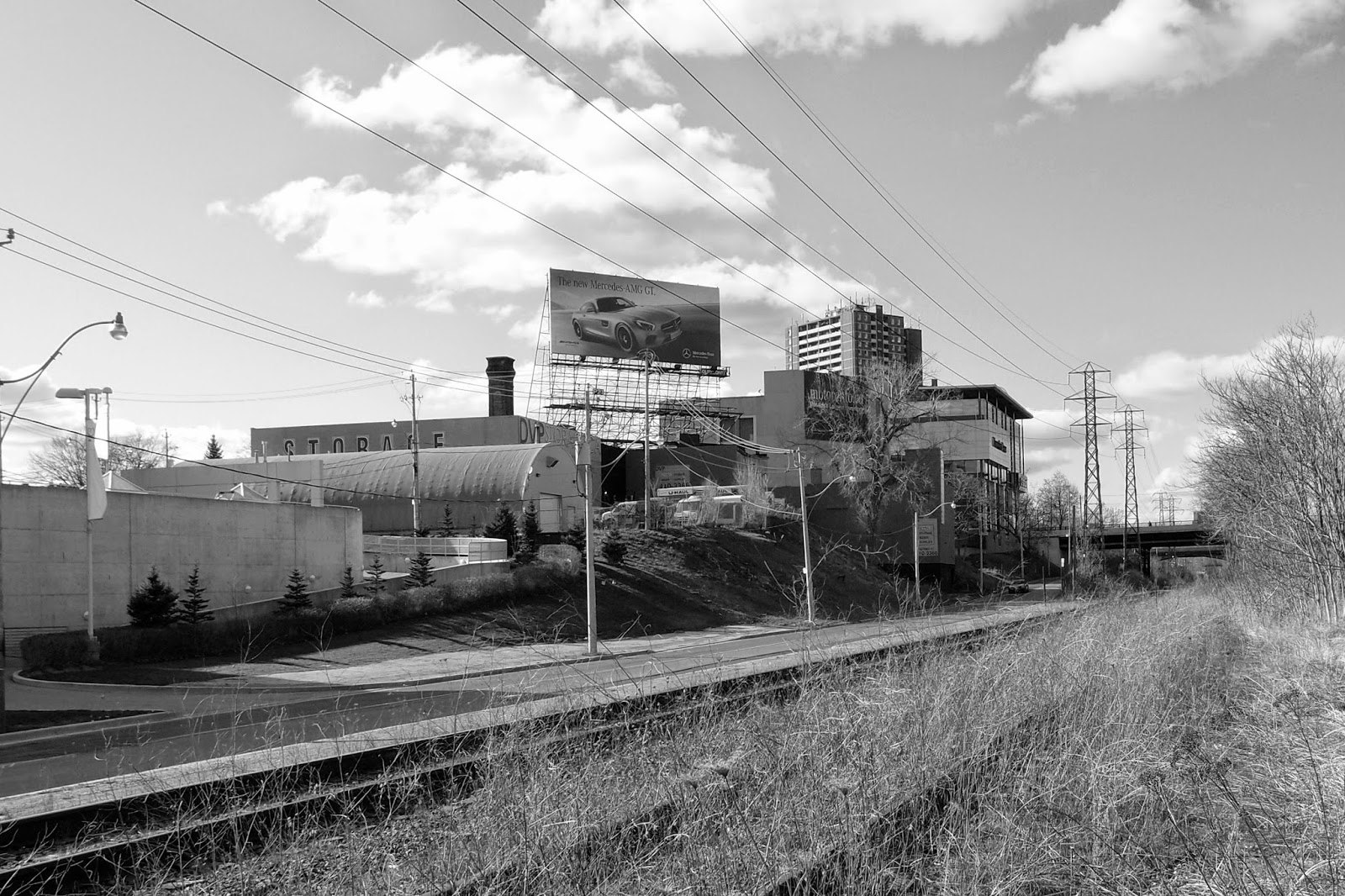Here's a more detailed follow-up on my
original Block'd post with some practical advice for how you can get scores over 1,000,000 or so ('Marathon' mode). In order to get to a very high score (e.g. my high score is 100,410,143) you will need to learn to control boredom - above about level 40 or so you have effectively beaten the game and the rest is just rote play.
(My explanation of going so far is that I was interested to see if the high score would 'roll-over' correctly to 7 digits. My particular game - on my old Nokia phone - has some other glitches where it can screw up if you go over level 128, so there was *some* reason to believe that other issues may arise:-) )
As mentioned in the original post, the key strategy is to try and get the maximum points every 4th and 5th levels so you can maximize the number of 'wilds' that you have. Then, use these judiciously over the next few levels so that you have some available for the next big level.
So minimizing the overuse of 'wilds' can pay dividends. A few simple situations and how to handle them follow. These will probably only make sense if you either play the game, or have read the earlier post! And to use a chess analogy - this is kind of like learning the endgame positions so you can recognize how to win them, and which ones to avoid.
First, a simple case (see below). To clear this without losing lives you might think you should put a wild on the top right (red) block (to clear it and the yellow), then place a wild on the top left (red) block to clear the rest. However this has a simpler solution...just place a wild on the middle blue block and clear the bottom row, and then you can clear the two reds as they will be side by side.
Now that you've seen the general approach, here's a quiz. In all cases, how do you place the minimum number of 'wilds' in order to clear the level without losing lives.
1.

2.
 3.
3. 
Answers:
1. Just need 1 wild (on the white)
2. Just need 1 wild (on the bottom white)
3. Need 2 wilds (e.g. one on the right hand red, then one on the white)
And what you will have seen by now, is that you don't want to get a very simple end position like:
Since you need 2 'wilds' to clear this. Don't forget, you can place them both before clicking to clear. (e.g. place a wild on each of the green blocks then click to clear).
I probably won't do any more posts on Block'd, so my knowledge of the 'middlegame' strategies for 'Marathon' mode, as well as how to get high scores on the 'Speed' mode will probably be forever lost.

















































